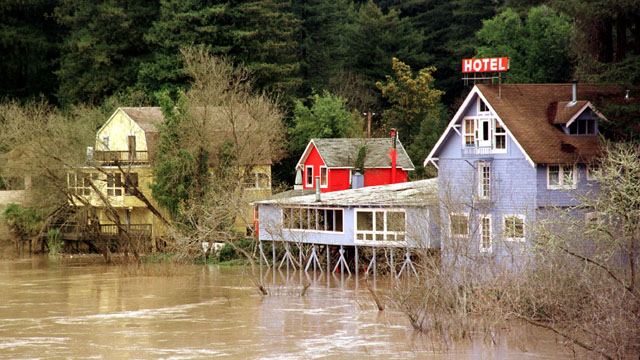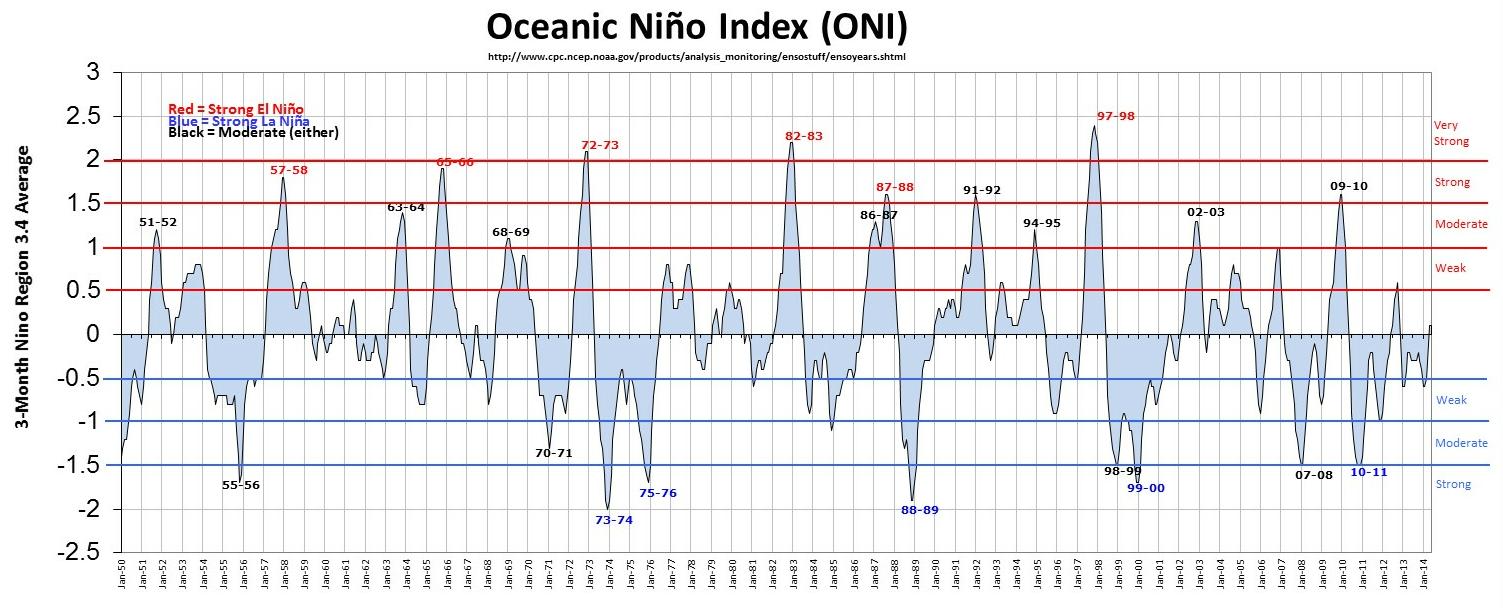Listen:
Drought Myth-Busting: Why El Niño Is Never A Good Bet

If, like many Californians, you’ve been on El Niño Watch, you’re no-doubt confused by now. It’s happening. It’s not happening. But whether it is or isn’t might matter less than you think.
“Don’t count on El Niño for anything,” Jay Lund, a UC Davis hydrologist, admonished us at a July drought briefing in Washington, D.C. At the time, forecasters were already downsizing earlier projections for a strong El Niño this fall (latest update shows that it might be regrouping for a comeback). But Lund was making a larger point: He and others have plotted El Niño against actual California precipitation and found … a pretty murky relationship, overall.
“Don’t even look at the forecasts if you care about drought,” Lund advised.
That might seem like a strong statement given the reputation that the Pacific’s warm-water phase has for being a rainmaker, but records show that only the strongest El Niños have produced winters that were real super-soakers in Northern California — “strongest” meaning the times when ocean surface temperatures in the tropical Pacific spiked the highest above normal — and those events are rare.
“El Niños come in all sizes: small, medium, large,” says Bill Patzert, a climatologist and El Niño watcher at NASA’s Jet Propulsion Lab in Pasadena. “During puny El Niños — weak El Niños — we’ve had some of the driest winters in the 20th century.” Count among them 1976 and ’77, a drought that is still etched in the memories of many Californians.

